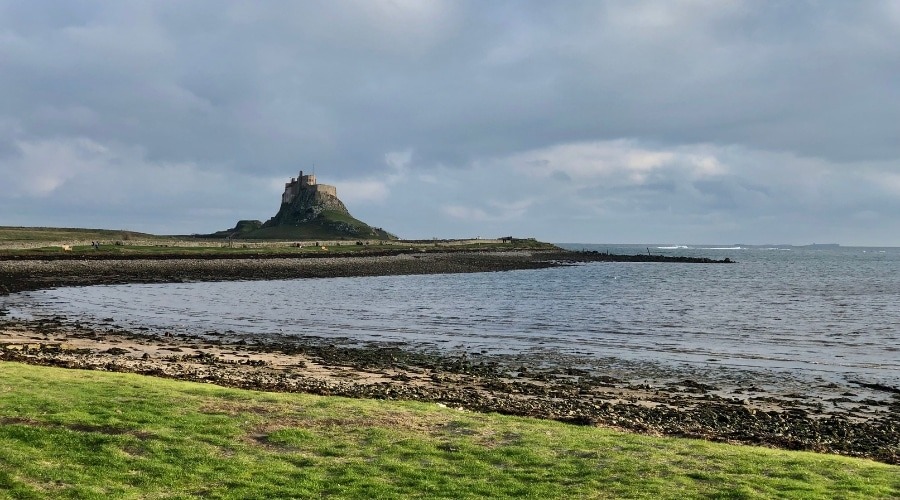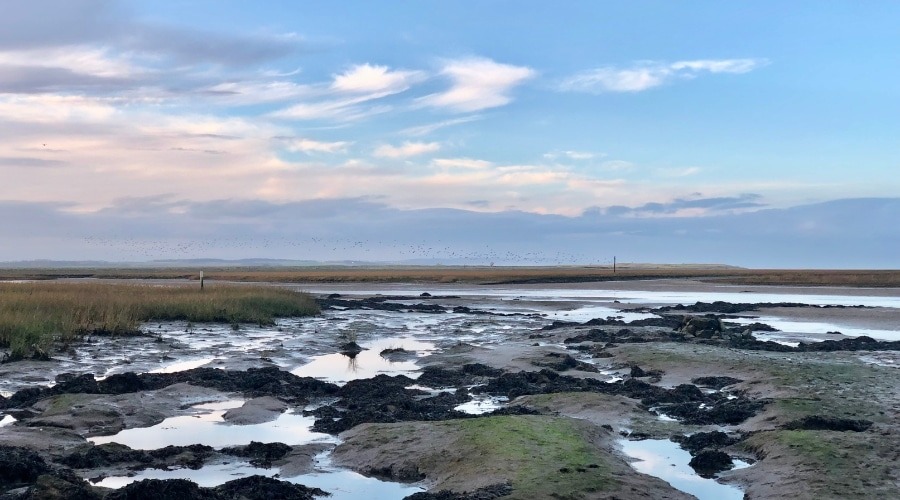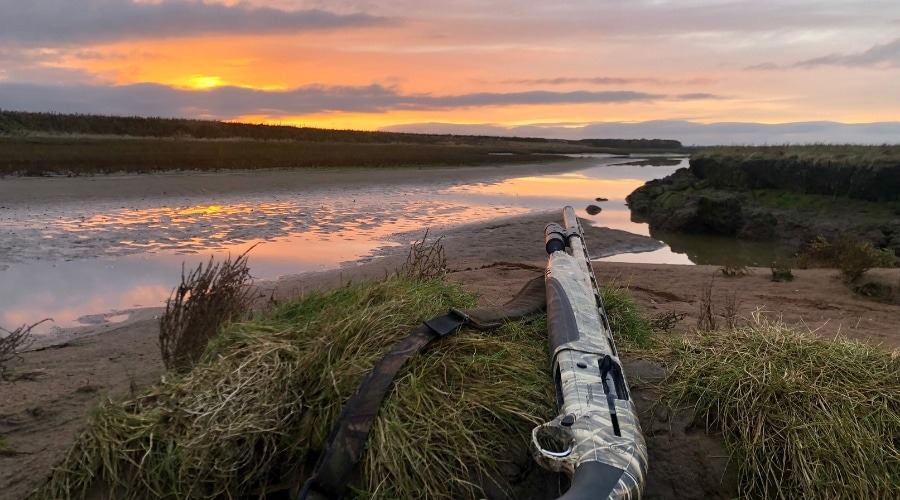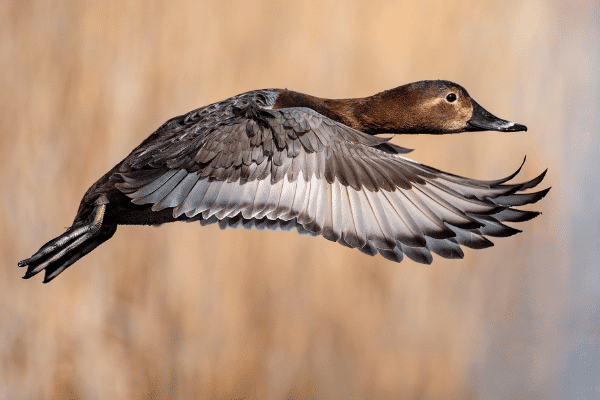
Shooting’s pivotal role in the Landscape Recovery Schemes
Shooting brings extensive benefits for nature recovery, and has a key role to play in the Landscape Recovery schemes.
Get information on the legal shooting season for mammals and birds in the UK.
Learn about our current conservation projects and how you can get involved.
Comprehensive information and advice from our specialist firearms team.
Everything you need to know about shotgun, rifle and airgun ammunition.
Find our up-to-date information, advice and links to government resources.
Everything you need to know on firearms law and licensing.
All the latest news and advice on general licences and how they affect you.

Perched high on the east coast shoulder of Northumberland lies the wild and remote Lindisfarne, an ancient land steeped in history and tradition.
Twice a day without fail the tide rolls in, covering the causeway, mudflats, and saltmarsh, holding back the cars, and lifting the thousands of visiting birds. This is a land where tides exert control over visitors of all species.
With 3,500 hectares of saltmarsh, mudflats and dunes Lindisfarne offers a truly unique experience of being fully immersed in nature. BASC’s Lindisfarne warden Shaun McWilliams describes what it is that makes wildfowling on Lindisfarne so special.

As the summer haze fades away revealing the clarity of September light, the great migrations begin, subtly at first, with perhaps 300 wigeon dropping in, then as the moon brightens in the autumnal sky, they come in their thousands. Great packs of wigeon, strong and wild, abandoning their breeding grounds in the north, driven on by an ancestral instinct, they have come to feed on the abundant zostera, or eel grass, which has flourished in the bay throughout the summer months.
Shortly thereafter, a strong northerly wind will bring down the clamouring skeins of grey geese, the pink-foot mainly, they too have come in chevrons hundreds strong. Their clamouring calls stirring the soul and awakening the primeval part that resides in us all.
For the wildfowler, there is no experience quite like it. Having checked the weather, tides, and maps, rising early, well before sunrise, with minimal disturbance they move quietly into position, walking towards the mudflats and finding a creek bank to rest against, settling down to await the coming dawn.
The tide is out, and the mudflats start to shine as the sunrise creeps forward, backlighting the castle on the Holy Island. This is a rare opportunity in the modern world to truly be in the moment, to listen to the bay waking up, to hear the calls of the wildfowl against the distant breakers, to pit one’s wits against a truly wild quarry and follow a tradition hundreds of years old.
Not every outing is successful, wild duck and geese are wary, but the wildfowler never comes away empty handed. To experience a winter’s dawn, to hear skeins of geese lifting in their thousands, to see rafts of wigeon riding the tide, there is wonder in the experience, a few sustainably harvested birds a welcome bonus.

Every season 200 permits are made available by Natural England to allow wildfowling to take place on the Lindisfarne National Nature Reserve. The permits are issued under strict conditions with an employed Warden to oversee the scheme. The agreement between Natural England and BASC allows for fantastic wildfowling opportunities at an exceedingly reasonable price.
The scheme is also available to novice and non-wildfowlers, with introductory permits allowing people to experience wildfowling alongside a guide. Lindisfarne wildfowling opportunities are included in BASC’s wildfowling permit scheme.
If you are interested in exploring wildfowling opportunities at Lindisfarne please contact Chris Wright, the BASC Wildfowling Advisor (email here), or Shaun McWilliams, the Lindisfarne Wildfowling Warden (email here). The wildfowling season runs from 1 September to 20 February.

Shooting brings extensive benefits for nature recovery, and has a key role to play in the Landscape Recovery schemes.

Tim Webster was the lucky winner of last year’s Lindisfarne auction, as it was his first time on the estuary, he wanted to share his experience.

Just weeks after Natural England chair Tony Juniper met the Lytham and District Wildfowlers Association, three of the Protected sites national team have been out wildfowling with them.
Sign up to our weekly newsletter and get all the latest updates straight to your inbox.
© 2023 British Association for Shooting and Conservation. Registered Office: Marford Mill, Rossett, Wrexham, LL12 0HL – Registered Society No: 28488R. BASC is a trading name of the British Association for Shooting and Conservation Limited which is authorised and regulated by the Financial Conduct Authority (FCA) under firm reference number 311937.
If you have any questions or complaints about your BASC membership insurance cover, please email us. More information about resolving complaints can be found on the FCA website or on the EU ODR platform.
This website uses cookies so that we can provide you with the best user experience possible. Cookie information is stored in your browser and performs functions such as recognising you when you return to our website and helping our team to understand which sections of the website you find most interesting and useful.
Strictly Necessary Cookie should be enabled at all times so that we can save your preferences for cookie settings.
If you disable this cookie, we will not be able to save your preferences. This means that every time you visit this website you will need to enable or disable cookies again.
This website uses Google Analytics to collect anonymous information such as the number of visitors to the site, and the most popular pages.
Keeping this cookie enabled helps us to improve our website.
Please enable Strictly Necessary Cookies first so that we can save your preferences!
More information about our Cookie Policy